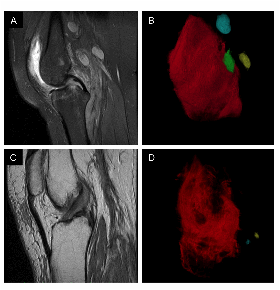Session Information
Session Type: Abstract Submissions (ACR)
Disclosure:
H. Rahimi,
None;
R. Wood,
None;
I. Kuzin,
None;
W. Tyler,
None;
G. Dieudonne,
None;
S. Kates,
None;
C. T. Ritchlin,
Amgen, Janssen, UCB, Abbott (AbbVie), Regeneron,
5,
Amgen, Janssen, UCB,
2;
E. M. Schwarz,
None.
« Back to 2013 ACR/ARHP Annual Meeting
ACR Meeting Abstracts - https://acrabstracts.org/abstract/validation-of-popliteal-lymph-node-phenotype-and-bin-expansion-as-biomarkers-of-rheumatoid-arthritis-knee-flare/

